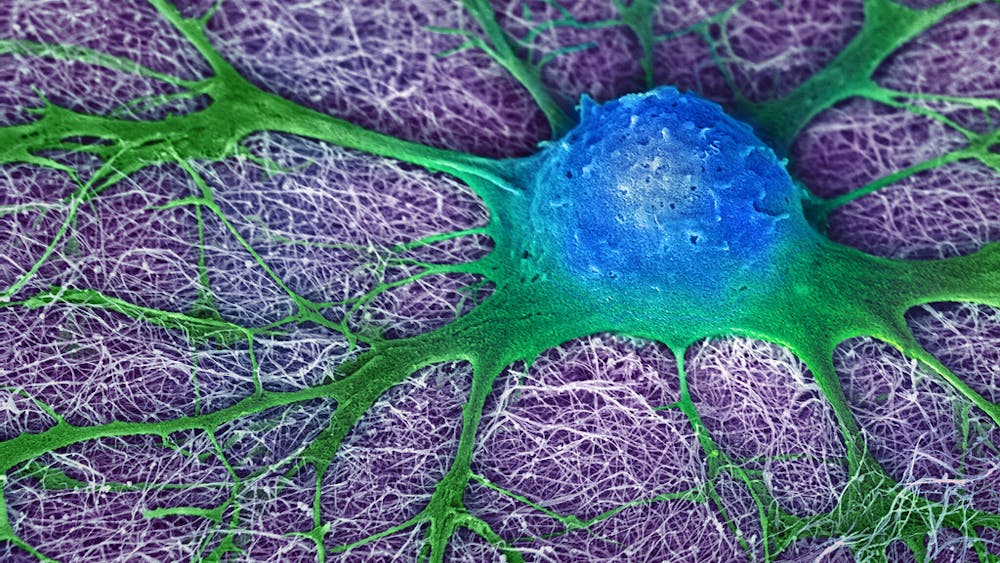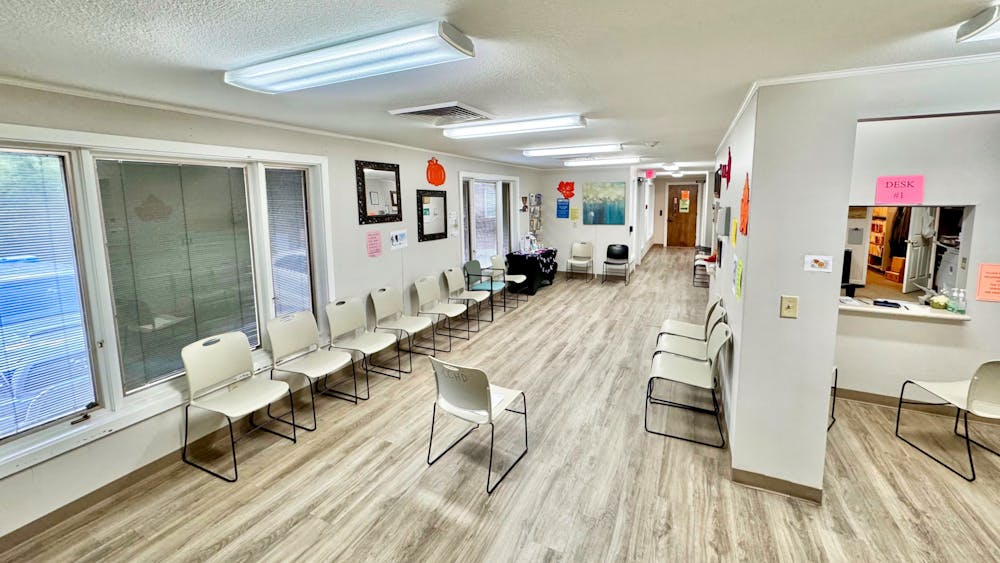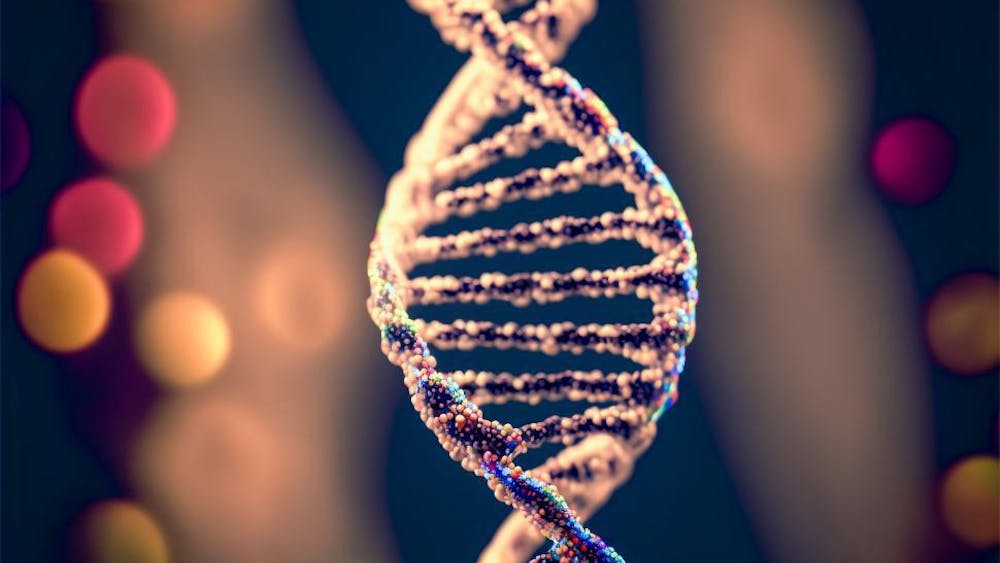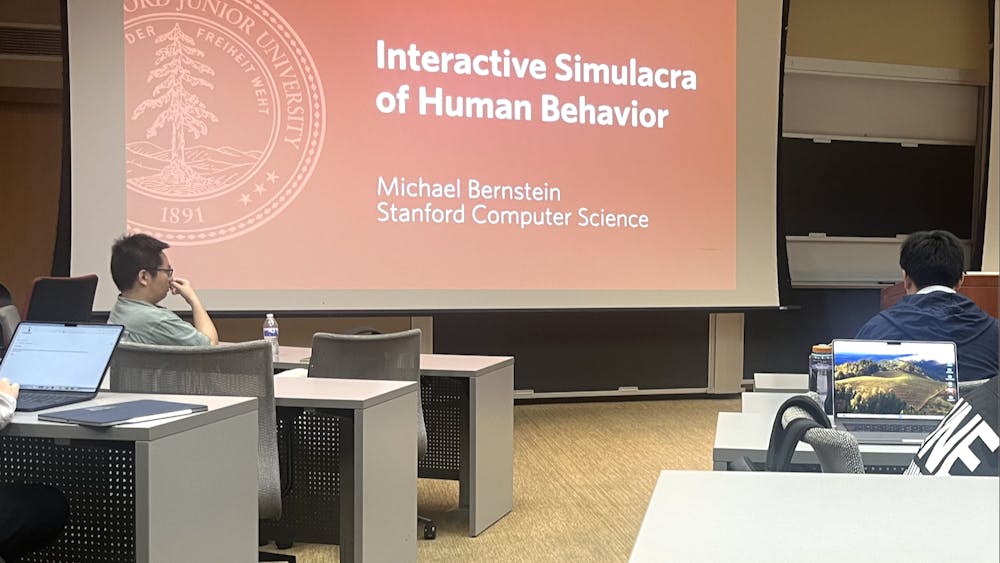Hopkins alum leads Eledon Pharmaceuticals in breakthrough diabetes tegoprubart treatment
By GRACE OH | November 14, 2024Eledon Pharmaceuticals, Inc. (Eledon), is a biotechnology company led by Dr. David-Alexandre C. Gros, its CEO and a 1999 graduate of the Johns Hopkins School of Medicine. Eledon recently announced that two out of the three subjects with Type 1 diabetes treated with Eledon’s drug, tegoprubart, were able to achieve insulin independence after islet cell transplantation between three and six months post-transplant, with the third on the trajectory for insulin independence.





















